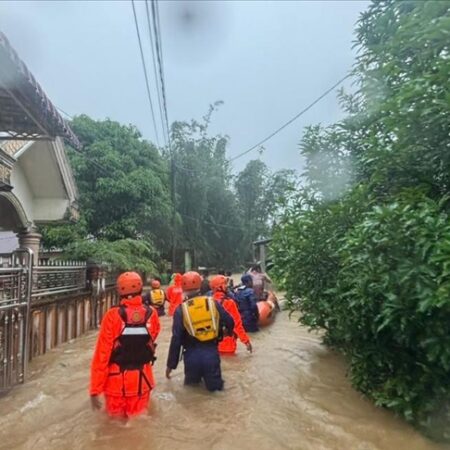An unmanned ocean glider, named Challenger set sail from Western Australia for Sri Lanka, in the longest journey ever attempted by an autonomous underwater vehicle. The Challenger was released on November 5th in the Perth Canyon, about 20km west of Rottnest, starting a voyage of discovery that will end in Galle, Sri Lanka in about a year’s time, The Western Australian reported.
Sri Lankan scientist and University of Western Australia Professor of Coastal Oceanography Charitha Pattiarachchi, who is part of the team navigating the Challenger glider, says it is the first time an autonomous underwater vehicle of this type has been used in long-distance oceanographic research.
Professor Pattiarachchi expects to gain valuable information from the mission about temperature, current and salinity in the Indian Ocean and the research will help gain better ocean literacy. The ocean glider will capture continuous ocean readings and transmit it to researchers in near real-time via satellite network when the glider surfaces.
The 2.2m glider generates forward propulsion by altering its buoyancy, sinking to depths of 1km before returning to the surface twice a day to transmit its position and ocean readings via satellite to Pattiarachchi’s team, who can fine-tune its course in near real-time.
Prof. Pattiaratchi said the glider’s course would follow the historic four-year voyage of the HMS Challenger, which set off in 1872, and the data collected would be compared to that of those early oceanographic pioneers to see how the Indian Ocean has changed. “We want to collect data across the ocean basins and see how the temperature and salinity changes with depth. We are then able to compare previous measurements taken 40 years ago and see how the ocean has changed,” he said.












![TV-Poster-All-Exhibition-Sri-Lanka-in-Focus-USA-2025[1]](https://www.srilankafoundation.org/wp-content/uploads/2025/04/TV-Poster-All-Exhibition-Sri-Lanka-in-Focus-USA-20251-450x450.jpg)









